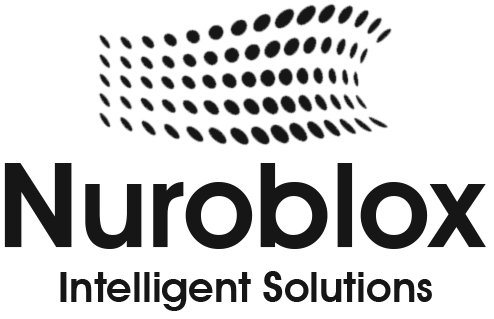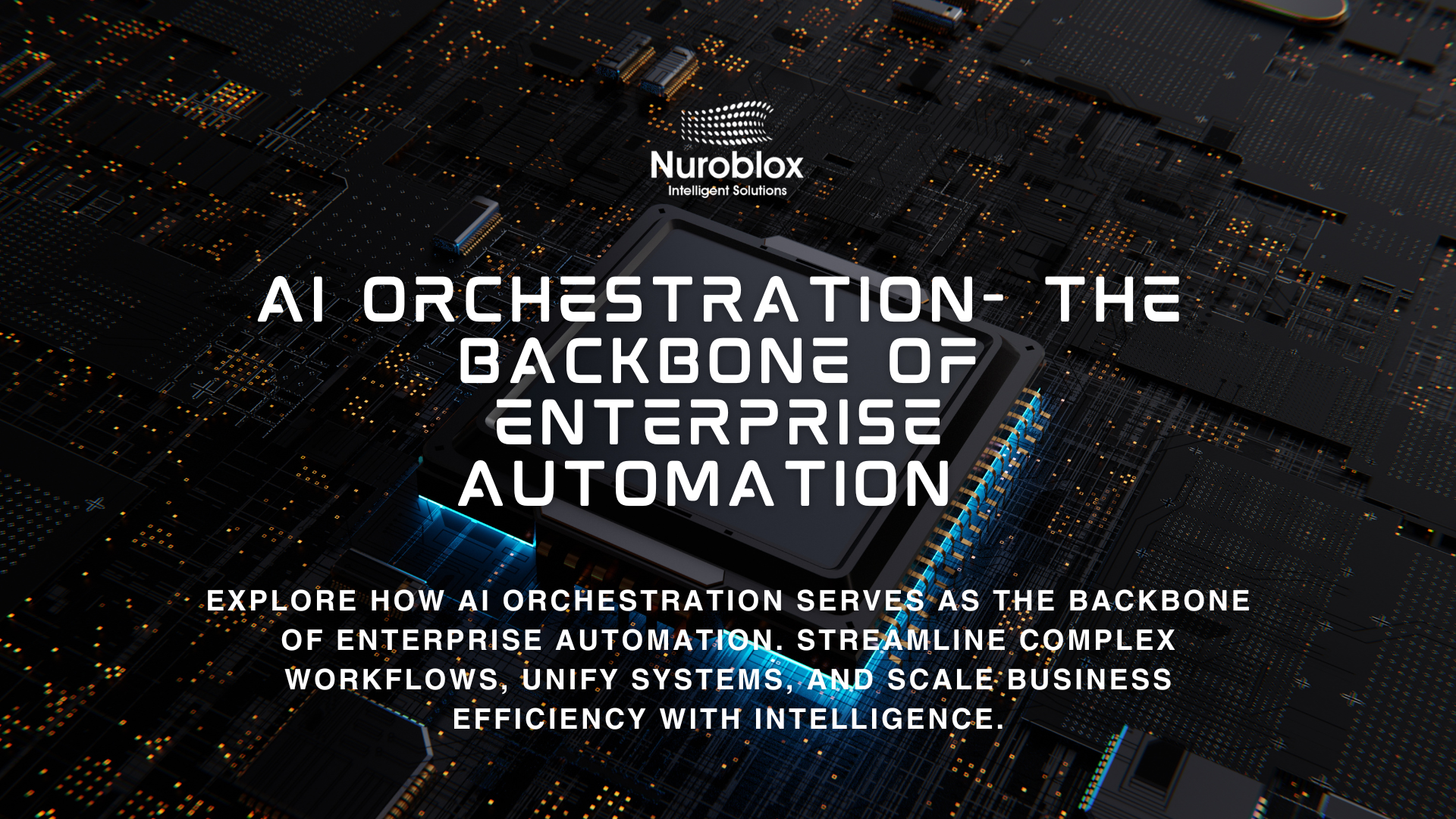AI Orchestration: The Backbone of Enterprise Automation
In the race to digital transformation, enterprises are adopting a vast arsenal of artificial intelligence [AI] tools. Yet, this rapid adoption has paradoxically created a new layer of complexity. As businesses stack more AI solutions into their operations, they often face a disjointed and siloed technological landscape, leading to an operational nightmare. A recent study highlights this disconnect: while 37% of business executives aim to scale Generative AI within two years, a staggering 42% report that a lack of a structured plan and clear use cases is holding them back. The excitement around AI’s potential is palpable, but the path to realizing that potential is often unclear.
The core issue lies in a fundamental misunderstanding. The true value of AI is not found in isolated applications but in its ability to work as a cohesive, integrated system that enhances existing processes. This is where AI orchestration emerges as a strategic imperative. It is the intelligent framework that transforms a collection of disparate AI tools into a unified, enterprise-grade automation engine. This article explores why AI orchestration is the essential backbone for modern enterprises, moving them from fragmented tasks to coordinated, intelligent, and scalable operations. We will delve into its core components, tangible business outcomes, and the strategic mindset required for successful implementation.
The Fragmentation Challenge – Why Siloed Automation Fails
at Scale
Enterprise automation has evolved through distinct waves, from mechanization to software-driven workflows. Each phase delivered efficiency gains but also entrenched a persistent challenge -fragmentation. Systems became faster but more isolated, and automated processes remained disconnected from one another. The introduction of AI promised to break these barriers with its ability to learn and adapt, but in many organizations, it has only amplified the problem.
Traditional automation, including Robotic Process Automation RPA and basic task-level AI, excels at optimizing discrete, rule-based processes. However, it struggles to scale across the inherent complexity of a modern enterprise. This approach leads to fragmented outcomes, inconsistent performance, and a collection of “dumb bots” that require significant human oversight and fail to deliver strategic value. When each department deploys its own AI solutions for specialized tasks- a chatbot for customer service, a forecasting model for finance, an optimization engine for logistics they create islands of intelligence. These siloed systems cannot communicate, share insights, or collaborate on complex, multi-step workflows that are the lifeblood of an enterprise. The result is a chaotic and disjointed implementation that fails to achieve its intended productivity targets.
Defining AI Orchestration – From Isolated Tools to a Unified System
AI orchestration is the structured coordination of multiple, often specialized, AI components and agents, enabling them to operate as a single, unified system. It is the practice of making disparate AI systems “talk” and “work together” in harmony. Think of an orchestra- individual instruments can produce beautiful notes, but it is the conductor who synchronizes them to create a complex and powerful symphony. AI orchestration acts as that conductor for an enterprise’s AI ecosystem, harmonizing the diverse elements to enhance workflow efficiency and achieve optimal outcomes.
This goes far beyond simple automation. AI orchestration is not just about executing a task; it’s about managing the entire end-to-end lifecycle of AI applications from development and training to deployment, integration, and continuous monitoring. It connects multiple AI tools, often from different vendors like Azure and OpenAI, using an organization’s own process data to drive intelligent, coordinated action. This creates a seamless, automated pipeline that integrates data, models, and business processes,
transforming AI from a tactical tool into a strategic driver of enterprise performance.
The Core Pillars of Enterprise-Grade AI Orchestration
A robust AI orchestration framework is built on three interdependent pillars- centralized management, end-to-end automation, and seamless integration. These components work in concert to create a resilient and intelligent operational layer.
Centralized Management and Governance
Effective management is crucial for overseeing the entire AI lifecycle. In a complex enterprise environment with workflows spread across different geographic locations and vendor-specific applications, centralized oversight is non-negotiable. An AI orchestration platform provides a single, unified interface for teams to manage AI-led workflows, ensuring models behave as expected and deliver accurate results.
Key functions of this pillar include-
- Performance Monitoring – Continuously tracking the performance of AI models in production to detect drift or degradation.
- Version Control – Managing different versions of AI models, allowing teams to easily switch or roll back as needed.
- Compliance and Security – Ensuring that all AI activities adhere to regulatory requirements and internal governance policies, including monitoring inputs for toxicity or bias.
This centralized control provides the visibility needed to identify the most effective use cases for automation and strike the optimal balance between human and digital workers.
End-to-End Workflow Automation
This pillar moves beyond task automation to automate the interactions between different AI tools, systems, and human actors. Itʼs about automating the entire workflow, not just the steps within it. The strategic importance of this capability is underscored by market projections; Gartner predicts that by 2026, more than 80% of enterprises will depend on AI agents to manage and execute critical workflows [Source: Gartner, as cited by Rapidops, 2022].
Key elements of workflow automation in an orchestrated system include –
- Automated Deployment – Systems that automatically deploy new AI models or updates across various environments without manual intervention.
- Dynamic Resource Allocation – The intelligent allocation of computational resources based on the real-time needs and priorities of different AI tasks, optimizing costs and preventing bottlenecks.
- Self-Healing Systems – Orchestration platforms can be designed to automatically detect errors, inefficiencies, or system failures and initiate corrective actions, ensuring 24/7 availability even during outages.
This level of automation transforms operational execution from being reactive to proactive, allowing enterprises to handle large-scale, interdependent processes with precision and without human error.
Seamless Integration and Interoperability
Integration is the glue that holds the orchestrated ecosystem together, ensuring that different AI applications and data sources work in harmony. The most effective way to achieve this is by adopting vendor-neutral platforms that facilitate unification and streamline integrations across a fragmented IT environment. True interoperability allows an organization to break down data silos and enable a cohesive operational layer.
This pillar focuses on two critical areas –
- Data Integration – Ensuring that data flows seamlessly and securely between all systems, granting AI models the access they need to function effectively. For example, an AI system for inventory management must pull data from point-of-sale terminals, supplier databases, and market trend analytics to make accurate predictions.
- Model Integration – Utilizing frameworks that allow different AI models to interact, share insights, and even enhance each otherʼs capabilities. This allows for the creation of sophisticated, multi-agent systems that can tackle complex problems.
By prioritizing integration, enterprises can ensure that tasks, decisions, and insights flow seamlessly across departments, fostering strategic alignment and a unified operational response.
The Transformative Business Outcomes of AI Orchestration
When implemented effectively, AI orchestration delivers tangible, enterprise-wide benefits that go far beyond incremental efficiency gains. Organizations that successfully embed and orchestrate AI across their operations have reported productivity gains of 30-40% [Source: Rapidops, 2022].
Achieving True Scalability and Agility
AI orchestration provides the framework needed to scale AI initiatives effectively. By efficiently managing the deployment and utilization of models and resources, businesses can adapt to increasing workloads and changing market demands without re-architecting their systems. This agility allows organizations to respond rapidly to internal and external changes, enabling faster product launches, more responsive customer engagement, and the ability to seize opportunities ahead of competitors.
Driving Unprecedented Operational Efficiency
Orchestration streamlines complex, multi-step business processes, such as order-to-cash cycles or regulatory reporting, eliminating bottlenecks and manual errors. Through intelligent resource management, it ensures that expensive computational resources are allocated judiciously based on real-time demand, leading to significant cost optimization. Furthermore, by providing real-time visibility into all work being carried out, orchestration allows leaders to identify process delays and make data-backed improvements to drive operational excellence. This focus on efficiency is a top priority for business leaders, with 35% citing it as the most crucial benefit of GenAI.
Enhancing Decision-Making with Coordinated Intelligence
In an orchestrated environment, interdependent actions are synchronized to drive predictable, enterprise-wide outcomes. For instance, a decision made by a supply chain planning agent is automatically communicated to inventory management, finance, and customer fulfillment agents, creating a unified and optimized operational response. This coordination reduces redundancies, prevents conflicting actions, and establishes a foundation for continuous improvement, where learning from one function informs
optimizations across others.
AI Orchestration in Action – Enterprise Use Cases
The value of AI orchestration is best understood through its practical applications in core enterprise functions.
- Intelligent Customer Service Automation – Rather than deploying a standalone chatbot, enterprises can orchestrate multiple specialized agents. One agent can handle initial triage via chatbot, another can perform sentiment analysis on the conversation, a third can route the ticket to the appropriate human expert, and a fourth can update the CRM record all working in a seamless, coordinated flow.
- Dynamic Supply Chain and Logistics – In a warehouse, orchestrated agents can collaboratively manage picking, packing, quality inspections, and real-time inventory audits. In logistics, agents can coordinate to manage delivery routes and vehicle assignments by analyzing traffic data, delivery priorities, and fleet capacity in real time to optimize schedules, reduce fuel costs, and improve on-time delivery rates.
- Streamlined Order Management and Fulfillment – Orchestrated AI agents can handle the entire order fulfillment process by aligning systems across ERP, CRM, and warehouse management. This ensures orders are prioritized correctly, exceptions are flagged instantly, and resources are allocated efficiently, leading to faster, error-free fulfillment and improved customer satisfaction.

Adopting AI orchestration is not a short-term project but a long-term strategic commitment: a marathon, not a sprint. The most successful enterprises are those that think “orchestration first, AI second”. They begin by building a solid foundation for operational visibility and control before layering on sophisticated AI capabilities. This approach avoids the disjointed and chaotic outcomes that plague many AI initiatives and ensures that technology investments are aligned with strategic business goals. The objective is to move away from isolated efficiency gains and toward coordinated, enterprise-wide intelligence that drives sustainable competitive advantage.
As enterprises continue to invest heavily in artificial intelligence, the distinction between leaders and laggards will not be defined by who has the most AI tools, but by who can make them work together most effectively. AI orchestration is no longer a forward-thinking concept; it is the essential, pragmatic backbone of modern, enterprise-grade automation.
As you scale your AI initiatives, are you building a collection of disconnected tools, or are you architecting a truly intelligent, orchestrated enterprise?


